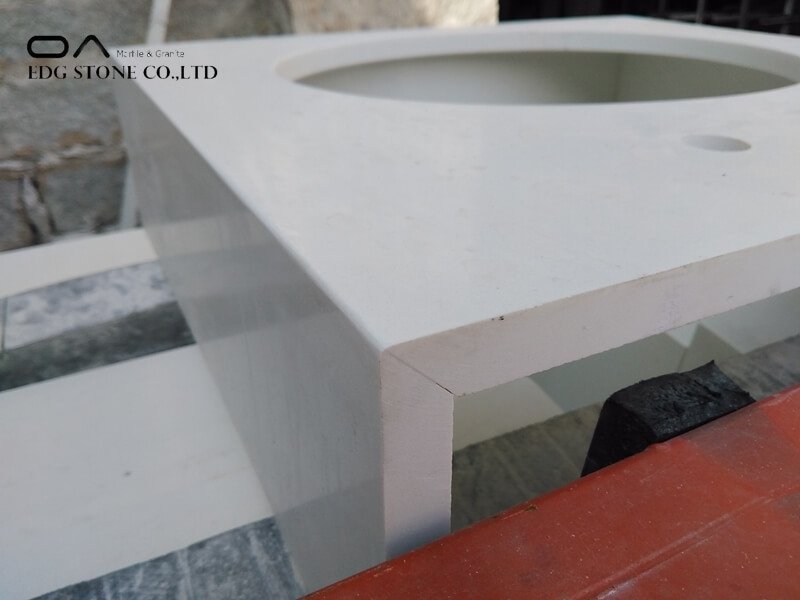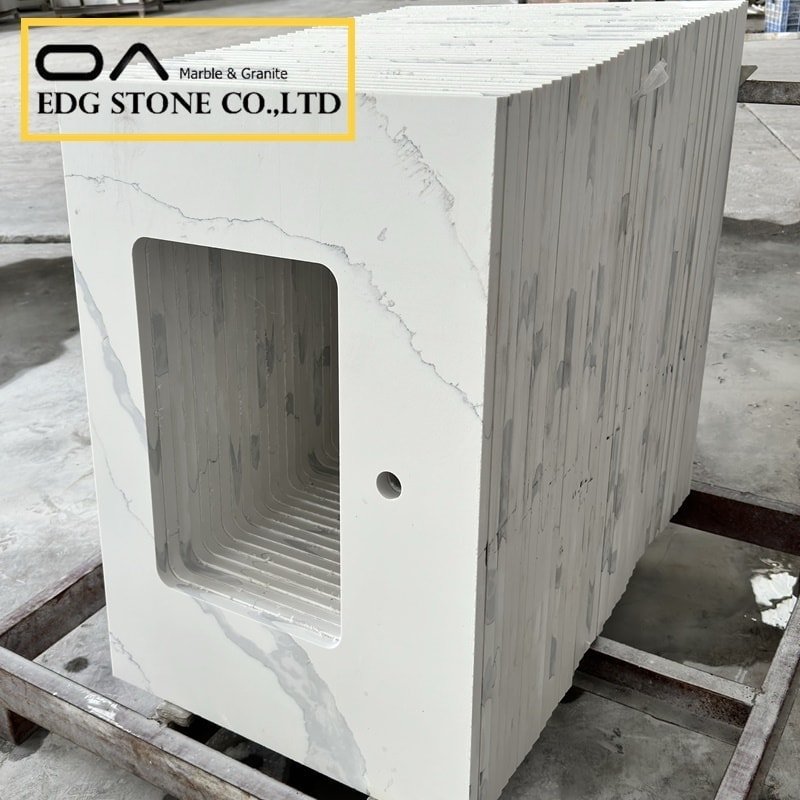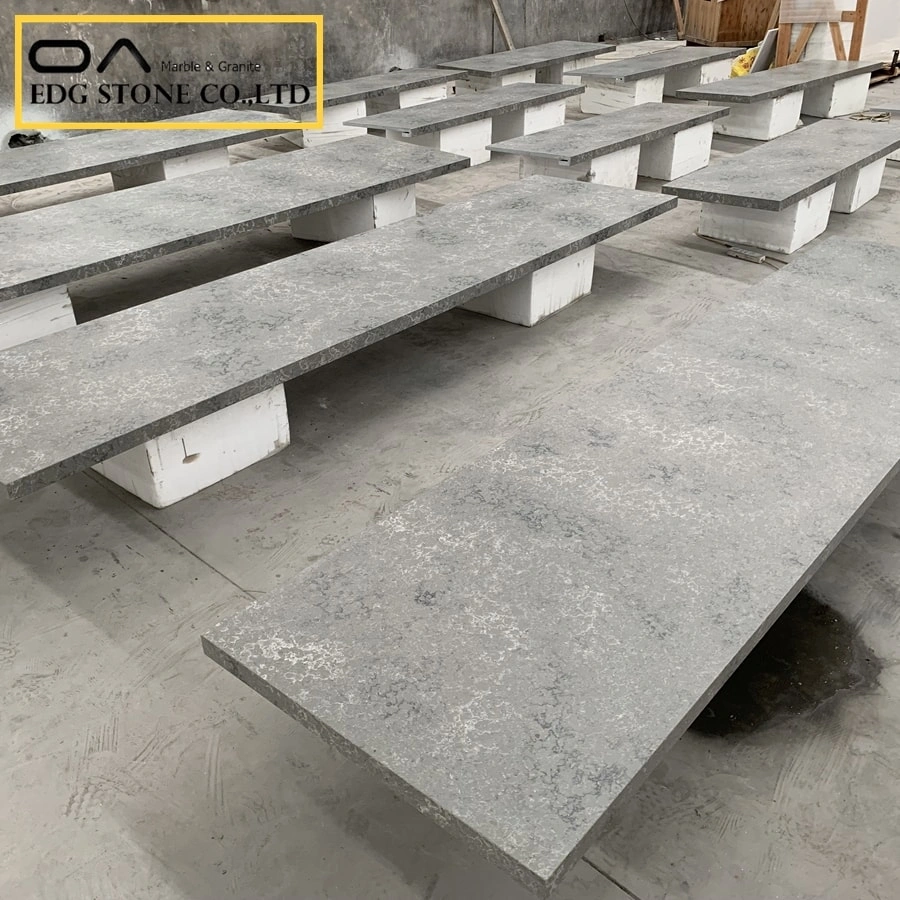Quartz stone is a new type of stone made of 92% quartz sand powder as the main aggregate, 8% resin, pigments, and other auxiliary materials as the main binding material. After mixing, it is formed by vacuum pressure vibration molding, curing, and polishing.
Due to its high density and strong hardness, quartz stone has excellent scratch resistance and stain resistance, scratch resistance, impermeability, stain resistance, corrosion resistance, high-temperature resistance, environmental protection, and direct contact with food.
However, from a physical point of view, quartz stone has fine thermal expansion and contraction properties and has certain mechanical properties such as shrinkage stress, impact toughness, and elongation at break. When the material cannot withstand the internal stress caused by thermal expansion and contraction And cracking occurs when subjected to severe external impact.
In order to ensure the installation quality of the countertop, you need to pay attention to the following points before installation:
1. When designing plane splicing, the physical properties of quartz stone should be considered to avoid the consequences of joint cracking due to thermal expansion and contraction or stress concentration. When selecting the connection position, the force of the plate must be fully considered. Avoid connecting at corners or furnace openings.
2. When designing the corners of the table, full consideration should be given to stress concentration, which will cause cracks at the corners of the table. Therefore, all corners should be processed with a radius of more than 25mm.
3. When designing the hole position, the hole position should be greater than or equal to 80mm from the edge of the table to prevent the hole position from cracking, and the corner of the hole should be rounded with a radius of 25mm or more.
4. When installing the countertop, there should be a 2-4mm expansion gap between the countertop and the wall to effectively ensure that the countertop will not crack due to thermal expansion and contraction. The tabletop should keep a maximum distance of no more than 600 mm from the support frame or support plate to reduce deformation or even breakage of the tabletop.
5. During daily use, avoid cracking caused by external factors, such as: don’t hit the quartz stone countertop by gravity, don’t directly touch the pot or utensil with extremely high temperature to the countertop, etc., you can put a layer of heat insulation.







